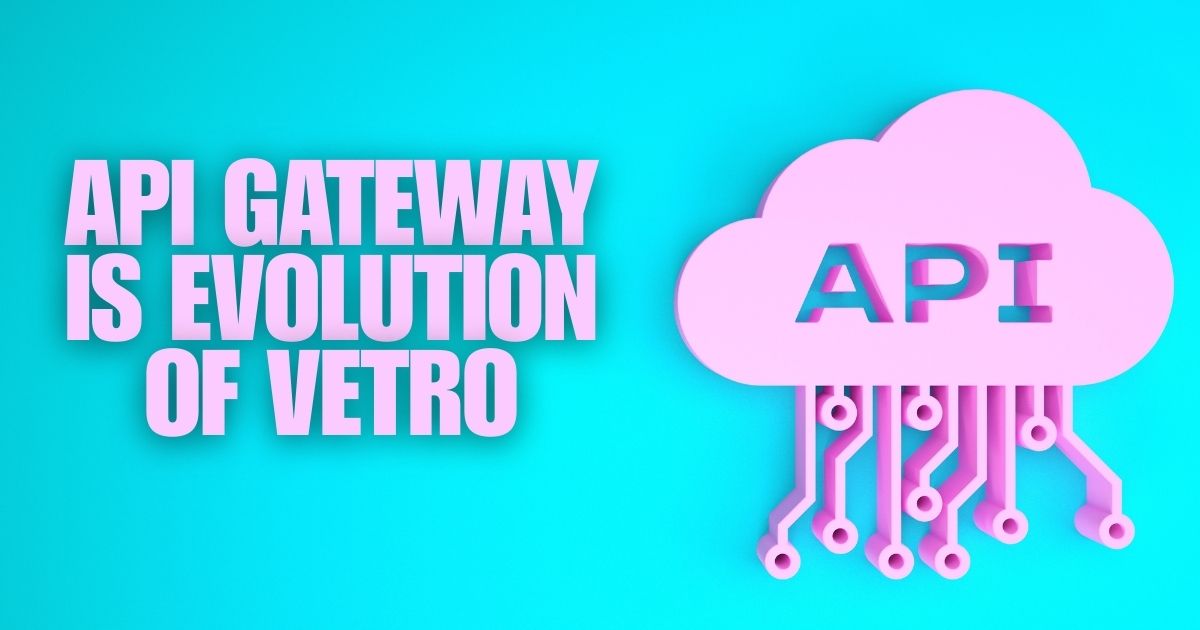In recent years, the demand for seamless, scalable, and secure API management has grown exponentially. As businesses move towards microservices architectures and cloud-native environments, the role of APIs has become more critical than ever. Historically, platforms like Vetro provided foundational API management capabilities. However, the emergence of API Gateways represents a significant evolution, offering more advanced features and resolving modern challenges in API management.This article explores how the API Gateway is evolution of Vetro, transforming the way APIs are managed, secured, and deployed in today’s digital ecosystem. We’ll dive into the key differences, benefits, and the future of API management.
ALSO READ: Metal Oxide TFT Apples: Revolutionizing Apple Screen Technology
Prelude: The Rise of APIs and API Management
APIs (Application Programming Interfaces) have become the cornerstone of modern digital communication. Whether it’s enabling seamless integrations between services or powering mobile applications, APIs play a pivotal role in today’s connected world. As companies adopted APIs to scale their operations, managing them became increasingly complex. Early platforms like Vetro provided some solutions but had limitations in scalability, security, and flexibility.
The introduction of API Gateways marked a transformative step in API management, addressing the shortcomings of older approaches and providing businesses with more robust tools to handle the demands of modern API ecosystems.
Introduction: What is an API Gateway?
An API Gateway is a server that acts as an intermediary between clients and backend services. It is responsible for routing requests, managing authentication, and ensuring the overall security of API endpoints. In microservices architectures, API Gateways provide a unified entry point, simplifying the management of multiple API services.
The concept of an API Gateway is evolution of Vetro, as it builds upon the foundational features of API management tools like Vetro while introducing enhanced functionalities, such as dynamic routing, load balancing, and more granular security controls.
Key Differences Between Vetro and Modern API Gateways
| Feature | Vetro | API Gateway |
|---|---|---|
| Scalability | Limited scaling capabilities | Highly scalable, designed for cloud-native architectures |
| Security | Basic security features | Advanced security with authentication, rate limiting, and threat detection |
| Routing | Static routing | Dynamic routing with load balancing and traffic management |
| Microservices Support | Limited | Optimized for microservices environments |
| Observability | Basic logging | Real-time monitoring, analytics, and logging |
| Deployment | On-premise or basic cloud support | Cloud-native, supports hybrid and multi-cloud environments |
How API Gateway is Evolution of Vetro
1. Scalability and Performance
As businesses move to cloud environments, scalability has become a critical concern. While Vetro offered basic API management, it was not designed to handle the massive scale of modern businesses that operate globally. In contrast, API Gateways are designed for highly scalable operations, allowing businesses to handle millions of API requests per second without compromising on performance.
API Gateways leverage cloud-native technologies like containerization and orchestration (e.g., Kubernetes) to ensure that APIs can scale dynamically based on demand. This makes them ideal for companies dealing with fluctuating traffic and large-scale operations.
- Vetro: Limited scalability, not suited for global operations.
- API Gateway: Cloud-native, designed to handle massive, dynamic workloads.
2. Enhanced Security Features
Security is a top priority for any API-driven business. While Vetro had basic security features like API key management, it lacked advanced capabilities to protect against modern security threats. The API Gateway is evolution of Vetro in the sense that API Gateways now offer OAuth, JWT (JSON Web Tokens), rate limiting, and IP whitelisting to ensure that APIs are secure at all times.
Modern API Gateways also integrate with Web Application Firewalls (WAF) and DDoS protection services, making them far more robust in defending against sophisticated attacks.
- Vetro: Basic security (API keys and SSL).
- API Gateway: Advanced security (OAuth, JWT, rate limiting, WAF integration).
3. Support for Microservices Architecture
One of the most significant shifts in software development is the move towards microservices architectures, where applications are broken down into smaller, independent services. The API Gateway is evolution of Vetro in that it is optimized for managing these distributed systems, allowing developers to route requests to the appropriate microservices seamlessly.
With service discovery and dynamic routing capabilities, API Gateways make it easier to manage microservices, ensuring that requests are efficiently routed to the correct service based on real-time conditions.
- Vetro: Limited support for microservices.
- API Gateway: Designed specifically for microservices and distributed architectures.
4. Advanced Traffic Management and Analytics
Managing traffic efficiently is crucial for maintaining high performance in modern API ecosystems. Vetro provided some routing capabilities but lacked the ability to manage traffic dynamically. API Gateways offer advanced traffic management features, such as load balancing, circuit breaking, and traffic throttling, ensuring that backend services are not overwhelmed by requests.
Additionally, API Gateways provide real-time analytics and monitoring, allowing businesses to track API performance, usage patterns, and potential bottlenecks. This level of observability was not possible with older platforms like Vetro.
- Vetro: Basic routing and limited traffic management.
- API Gateway: Dynamic traffic management, real-time monitoring, and analytics.
5. Cloud-Native and Hybrid Deployments
The modern API landscape is increasingly moving towards cloud-native and hybrid cloud environments. While Vetro was primarily designed for on-premise or basic cloud deployments, API Gateways are built from the ground up to support cloud-native architectures. They can be deployed in public clouds, private clouds, or hybrid environments, offering businesses the flexibility to choose the best infrastructure for their needs.
API Gateways support multi-cloud strategies, allowing businesses to deploy their APIs across different cloud providers, ensuring high availability and redundancy.
- Vetro: Primarily on-premise or basic cloud support.
- API Gateway: Full support for cloud-native, hybrid, and multi-cloud deployments.
The Future of API Gateways
The API Gateway is evolution of Vetro, but the journey doesn’t stop there. As businesses continue to adopt new technologies like serverless computing and edge computing, API Gateways are evolving to incorporate these trends. Future API Gateways will offer even more distributed architectures, enabling APIs to be deployed closer to the end user for faster response times and improved performance.
Moreover, with the rise of API-first development, where APIs are designed before applications, API Gateways will play an even more central role in software development, ensuring that APIs remain secure, scalable, and easy to manage.
Conclusion: API Gateway is the Next Step in API Management
The API Gateway is evolution of Vetro, offering a more advanced, scalable, and secure solution for managing modern APIs. As businesses continue to embrace microservices, cloud-native architectures, and distributed systems, API Gateways provide the tools necessary to manage, secure, and optimize API interactions.
With advanced features like dynamic routing, enhanced security, real-time analytics, and support for hybrid deployments, API Gateways have become indispensable in the modern API landscape.
For more in-depth insights on how API Gateways are shaping the future of APIs, visit the Cloud Native Computing Foundation here.
FAQs
1. How is an API Gateway different from Vetro?
An API Gateway offers more advanced features like scalability, dynamic routing, and enhanced security, unlike Vetro’s basic capabilities.
2. Why is scalability better with API Gateways?
API Gateways are cloud-native, allowing them to scale dynamically and handle millions of requests without performance issues.
3. What security features does an API Gateway provide?
API Gateways offer features like OAuth, rate limiting, JWTs, and integration with Web Application Firewalls for robust security.
4. Can API Gateways support microservices architectures?
Yes, API Gateways are optimized for managing microservices, offering dynamic routing and service discovery for distributed systems.
5. Are API Gateways necessary for cloud-native environments?
Yes, API Gateways are designed for cloud-native and hybrid deployments, providing flexibility and scalability across different infrastructures.










